Home>Gardening & Outdoor>Landscaping Ideas>How To Overwinter Lemongrass
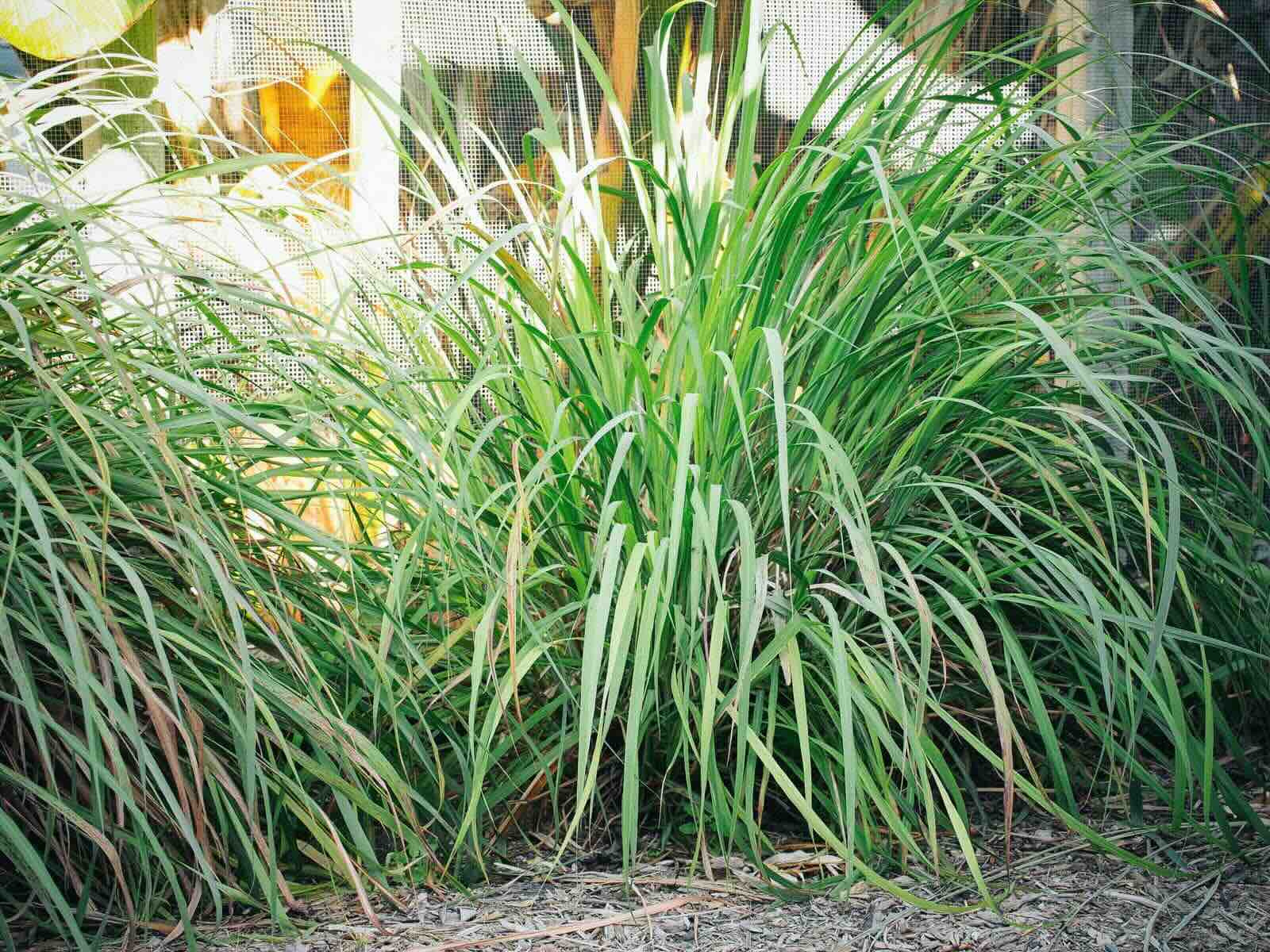

Landscaping Ideas
How To Overwinter Lemongrass
Published: January 25, 2024
Learn effective landscaping ideas for overwintering lemongrass. Discover expert tips to protect and preserve your lemongrass plants during the winter months.
(Many of the links in this article redirect to a specific reviewed product. Your purchase of these products through affiliate links helps to generate commission for Storables.com, at no extra cost. Learn more)
Introduction
Lemongrass, with its fresh and invigorating aroma, is a popular herb in many culinary and wellness practices. This versatile plant, known for its citrusy flavor and numerous health benefits, thrives in warm climates and is a staple in Southeast Asian cuisine. However, for those living in regions with colder winters, overwintering lemongrass becomes essential to ensure its survival and regrowth in the following spring.
In this comprehensive guide, we will explore the art of overwintering lemongrass, from understanding the plant"s characteristics to preparing it for the winter months and selecting the most suitable overwintering method. Whether you are an avid gardener or simply passionate about cultivating fresh herbs at home, mastering the techniques of overwintering lemongrass will enable you to enjoy its delightful essence year-round.
Join us as we delve into the intricacies of preserving and nurturing lemongrass during the winter, ensuring that it remains vibrant and ready to flourish when the frost thaws. Let"s embark on this enlightening journey to discover the secrets of overwintering lemongrass and savor the rewards of a thriving herb garden throughout the seasons.
Key Takeaways:
- Lemongrass needs special care in winter. Trim and divide the plant, then choose to overwinter indoors for fresh herbs or outdoors for natural dormancy.
- Overwintered lemongrass needs careful attention in spring. Transition indoor plants gradually, while outdoor plants need nurturing to thrive in the new growing season.
Read more: How To Overwinter Thyme
Understanding Lemongrass
Lemongrass (Cymbopogon citratus) is a tropical plant renowned for its robust, lemony flavor and enticing fragrance. This perennial herb, native to regions with warm and humid climates, belongs to the grass family and is characterized by tall, slender stalks and long, blade-like leaves. Its distinct citrus scent and tangy taste make it a prized ingredient in various culinary dishes, teas, and aromatic infusions.
When cultivating lemongrass, it is important to provide it with well-draining soil, ample sunlight, and regular watering to support its growth. In the garden, lemongrass can reach impressive heights, often exceeding four feet, and its graceful, arching foliage adds visual appeal to any landscape. Beyond its culinary uses, lemongrass is valued for its medicinal properties, with its essential oils being utilized in aromatherapy and traditional medicine to promote relaxation and overall well-being.
As winter approaches, the tender nature of lemongrass leaves it vulnerable to frost damage, necessitating protective measures to ensure its survival. Understanding the unique characteristics and requirements of lemongrass is fundamental to successfully overwintering this cherished herb. By gaining insight into its growth habits, environmental needs, and inherent resilience, you can effectively prepare and safeguard lemongrass for the challenges of the winter season.
Now that we have acquainted ourselves with the essence of lemongrass, let us proceed to explore the essential steps for preparing this aromatic herb for overwintering, ensuring that it endures the cold months and emerges revitalized for the coming spring.
Preparing Lemongrass for Overwintering
As the days grow shorter and temperatures begin to drop, it is time to prepare your beloved lemongrass for the impending winter. The first step in this process involves assessing the overall health and vigor of the plant. Inspect the stalks and foliage for any signs of disease or pest infestations, and address any issues promptly to ensure that the plant enters the dormant phase in optimal condition.
Trimming and pruning the lemongrass is essential to encourage healthy regrowth in the following spring. Using sharp, clean shears, carefully trim back the foliage to a manageable height, typically around six to eight inches above the soil level. This practice not only helps the plant conserve energy during the winter months but also prevents the foliage from becoming damaged by inclement weather.
Once the foliage has been pruned, it is advisable to dig up the lemongrass clumps and gently shake off excess soil to expose the roots. This process allows you to assess the root system and identify any overcrowded or unhealthy sections that may impede the plant"s growth. Using a sharp knife or garden tool, divide the clumps, ensuring that each division contains a healthy portion of roots and shoots. This division not only revitalizes the plant but also provides an opportunity to propagate new lemongrass plants for the upcoming season.
Following the division, it is crucial to replant the lemongrass divisions in suitable containers or designated garden beds. Choose well-draining soil and provide adequate space between the divisions to accommodate their growth. Water the newly transplanted lemongrass thoroughly to settle the soil and promote root establishment. Additionally, consider applying a layer of organic mulch around the base of the plants to insulate the roots and conserve moisture during the winter.
By meticulously preparing your lemongrass for overwintering, you set the stage for its resilience and vitality in the face of winter”s challenges. With the plant now primed for the colder months, the next step is to determine the most suitable overwintering method, whether indoors or outdoors, to safeguard the lemongrass from the harsh conditions of winter.
Choosing the Right Overwintering Method
When it comes to overwintering lemongrass, selecting the appropriate method is essential to ensure the plant”s survival and readiness for the next growing season. The decision to overwinter lemongrass indoors or outdoors depends on various factors, including the local climate, available space, and personal preferences. Each method offers distinct advantages and considerations, allowing you to tailor the overwintering process to suit your specific circumstances.
Overwintering Lemongrass Indoors
Bringing lemongrass indoors for the winter presents a practical solution for gardeners residing in regions with harsh winters. By transplanting the prepared lemongrass divisions into suitable containers, you can create a cozy indoor environment that protects the plants from freezing temperatures and frost. Place the containers in a sunny location, such as a south-facing window, to provide the lemongrass with ample sunlight and warmth during the winter months.
Indoor overwintering also offers the advantage of continuous access to fresh lemongrass for culinary use, allowing you to savor its delightful flavor and aroma throughout the winter. Additionally, monitoring the plants closely indoors enables you to address any potential issues promptly and provide the necessary care to maintain their health and vitality.
Overwintering Lemongrass Outdoors
For those with limited indoor space or a preference for natural overwintering methods, protecting lemongrass outdoors is a viable option. Utilizing insulating materials such as straw, burlap, or frost blankets, you can shield the lemongrass plants from extreme cold and wind while allowing them to experience the natural rhythm of the seasons.
Outdoor overwintering also presents an opportunity for the lemongrass to undergo a period of dormancy, a crucial phase in its growth cycle. During dormancy, the plant conserves energy and prepares for renewed growth in the spring, facilitated by the restorative effects of the winter season.
By carefully considering the unique benefits of each overwintering method, you can make an informed decision that aligns with your gardening style and the specific requirements of your lemongrass plants. With the overwintering method selected, it is time to implement the chosen approach and ensure the well-being of the lemongrass throughout the winter.
Overwintering Lemongrass Indoors
Overwintering lemongrass indoors offers a practical and effective means of safeguarding the plants from the harsh conditions of winter while maintaining their vitality and accessibility for culinary and aromatic purposes. By bringing the prepared lemongrass divisions into the warmth of your home, you create a nurturing environment that supports their well-being throughout the winter months.
When transitioning lemongrass indoors for overwintering, it is crucial to select suitable containers that accommodate the root system and allow for adequate growth. Choose pots with drainage holes to prevent waterlogging and use well-draining potting mix to promote healthy root development. Position the containers in a sunny location, such as a south-facing window, where the lemongrass can receive ample sunlight, a vital component for its growth and vigor.
During the indoor overwintering period, it is essential to monitor the moisture levels of the soil and water the lemongrass as needed, ensuring that it remains adequately hydrated without becoming waterlogged. Additionally, maintaining a consistent indoor temperature of around 65-70°F (18-21°C) provides an ideal climate for the lemongrass to thrive during its dormancy phase.
While overwintering lemongrass indoors, periodic inspection for pests and diseases is advisable to promptly address any issues that may arise. This close monitoring allows you to intervene early, preserving the health of the plants and preventing potential setbacks in their growth. Furthermore, regular pruning of any dry or yellowing foliage helps maintain the plant”s vigor and promotes new growth as the winter progresses.
One of the notable advantages of overwintering lemongrass indoors is the continuous availability of fresh foliage for culinary use. Harvesting the tender leaves as needed allows you to infuse your dishes with the vibrant citrusy flavor of lemongrass, enhancing your culinary creations with its distinctive essence throughout the winter.
By providing a nurturing indoor environment and attentive care, you can ensure that your lemongrass remains vibrant and resilient during the winter, poised to flourish once the frost recedes. With the plants thriving indoors, they are ready to bring a touch of zest and vitality to your culinary endeavors and aromatic indulgences throughout the winter season.
To overwinter lemongrass, dig up the plant before the first frost, trim the leaves, and replant in a pot. Place the pot in a sunny indoor spot and water sparingly.
Overwintering Lemongrass Outdoors
For those who prefer a natural overwintering approach or have limited indoor space, protecting lemongrass outdoors during the winter months is a viable and rewarding endeavor. By implementing thoughtful strategies to shield the plants from the rigors of winter, you can facilitate their dormancy and ensure their readiness for rejuvenated growth in the spring.
When overwintering lemongrass outdoors, it is essential to prepare the plants for the impending cold and frost. Begin by insulating the base of the lemongrass clumps with a generous layer of organic mulch, such as straw or dried leaves, to safeguard the roots from freezing temperatures and conserve moisture in the soil. This protective mulch acts as a natural insulator, shielding the plants from temperature fluctuations and minimizing the risk of frost damage.
In regions with particularly harsh winters, additional protective measures, such as wrapping the lemongrass clumps with burlap or frost blankets, can further shield the plants from the chilling effects of winter. These materials provide a protective barrier against cold winds and frost while allowing the plants to experience the natural ebb and flow of the seasonal climate.
Throughout the winter, periodic inspection of the outdoor lemongrass is advisable to ensure that the protective measures remain intact and the plants are faring well. While the lemongrass undergoes dormancy, it conserves energy and prepares for the resurgence of growth in the spring, facilitated by the restorative effects of the winter season.
One of the notable benefits of overwintering lemongrass outdoors is the opportunity for the plants to undergo a natural dormancy phase, a crucial component of their growth cycle. During this period, the lemongrass conserves energy and resources, setting the stage for vigorous regrowth and lush foliage in the upcoming growing season.
By carefully tending to the outdoor lemongrass and providing protective measures against the winter elements, you nurture the plants through their dormancy, ensuring that they emerge revitalized and ready to thrive when the spring arrives. Embracing the natural rhythms of the seasons, the overwintered lemongrass embodies resilience and the promise of vibrant growth in the seasons to come.
Caring for Overwintered Lemongrass
As the winter gradually yields to the gentle embrace of spring, the time has come to tend to the overwintered lemongrass, nurturing its revival and preparing it for the forthcoming growing season. Whether the lemongrass was safeguarded indoors or outdoors during the winter, attentive care and thoughtful maintenance are essential to support its resurgence and ensure its continued vitality.
For lemongrass that was overwintered indoors, the transition to outdoor conditions marks a significant phase in its growth cycle. Gradually acclimating the plants to the outdoor environment by exposing them to increasing periods of sunlight and outdoor temperatures helps prevent shock and encourages robust growth. Select a sunny and sheltered location in the garden for transplanting the lemongrass, ensuring that the soil is well-draining and rich in nutrients to support its renewed growth.
Upon transplanting the lemongrass outdoors, provide ample water to hydrate the plants and facilitate their adjustment to the outdoor environment. As the plants acclimate, it is beneficial to apply a balanced fertilizer to promote healthy foliage and encourage the development of fragrant, flavorful stalks. Regular watering and diligent monitoring for signs of new growth and overall plant health are essential during this crucial transitional period.
For lemongrass that was overwintered outdoors, the arrival of spring heralds the awakening of the plants from their dormancy. As the temperatures become milder and the days lengthen, the lemongrass responds to the changing conditions by initiating fresh growth. To support this rejuvenation, gently remove the protective mulch from around the base of the plants, allowing the emerging shoots to bask in the warmth of the sun.
During the early stages of spring, provide the overwintered lemongrass with adequate moisture, ensuring that the soil remains consistently moist but not waterlogged. This encourages the development of lush foliage and robust stalks, imbuing the garden with the invigorating fragrance and culinary versatility of lemongrass. Additionally, applying a slow-release fertilizer tailored for herbs and vegetables provides the necessary nutrients for vibrant growth and bountiful harvests.
Throughout the growing season, maintain regular care and attention to the overwintered lemongrass, monitoring for pests, diseases, and any signs of stress. By fostering a nurturing environment and providing the essential elements for its growth, you empower the lemongrass to thrive and flourish, enriching your garden and culinary endeavors with its vibrant presence.
With diligent care and thoughtful guidance, the overwintered lemongrass emerges from its winter slumber, ready to infuse your garden with its aromatic allure and grace your culinary creations with its zesty essence once more.
Read more: When Is Lemongrass In Season
Conclusion
As the cycle of seasons unfolds, the art of overwintering lemongrass embodies a harmonious blend of preservation, rejuvenation, and the timeless rhythms of nature. From the initial preparations to the nurturing care bestowed upon the overwintered plants, this journey encapsulates the resilience and adaptability of lemongrass, a cherished herb renowned for its culinary and aromatic allure.
By understanding the unique characteristics of lemongrass and the nuances of its growth cycle, gardeners and enthusiasts alike embark on a transformative odyssey, safeguarding the vitality of this prized herb through the challenges of winter and guiding its resurgence in the spring. The meticulous preparations, whether for indoor or outdoor overwintering, serve as a testament to the dedication and reverence for the natural world, fostering a deep connection with the earth and its bountiful offerings.
Whether overwintered indoors, where the lemongrass thrives under the nurturing gaze of the gardener, or outdoors, where it surrenders to the gentle embrace of the elements, the plants embody resilience and the promise of rejuvenation. As the winter yields to the gentle touch of spring, the overwintered lemongrass emerges with renewed vigor, its fragrant foliage and vibrant stalks heralding the arrival of a new growing season.
The culmination of the overwintering journey unfolds in the tender care and guidance bestowed upon the overwintered lemongrass as it transitions to the outdoor environment or reawakens from its dormancy. The diligent tending, the nurturing embrace of the sun, and the provision of essential elements culminate in the flourishing of the lemongrass, enriching the garden with its aromatic essence and infusing culinary creations with its captivating zest.
As we conclude this enlightening exploration of overwintering lemongrass, we celebrate the enduring spirit of this cherished herb and the timeless traditions of preservation and rejuvenation. Through the art of overwintering, we honor the resilience of nature and our role as stewards of the earth, fostering a harmonious relationship with the natural world and reaping the bountiful rewards of our labor.
May the fragrant allure of overwintered lemongrass inspire your culinary endeavors and imbue your garden with vitality, serving as a testament to the enduring cycle of growth, renewal, and the timeless beauty of the natural world.
Frequently Asked Questions about How To Overwinter Lemongrass
Was this page helpful?
At Storables.com, we guarantee accurate and reliable information. Our content, validated by Expert Board Contributors, is crafted following stringent Editorial Policies. We're committed to providing you with well-researched, expert-backed insights for all your informational needs.
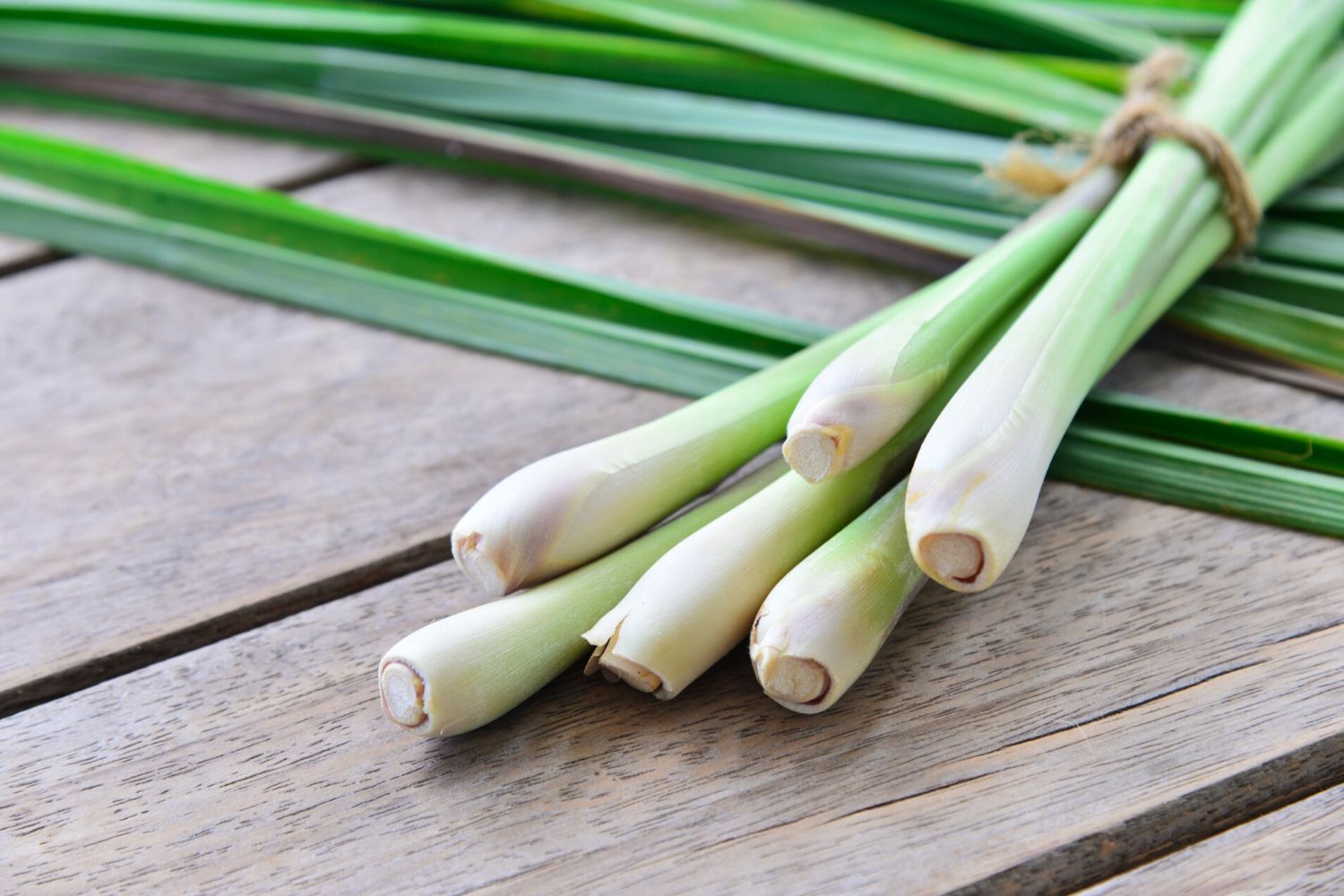
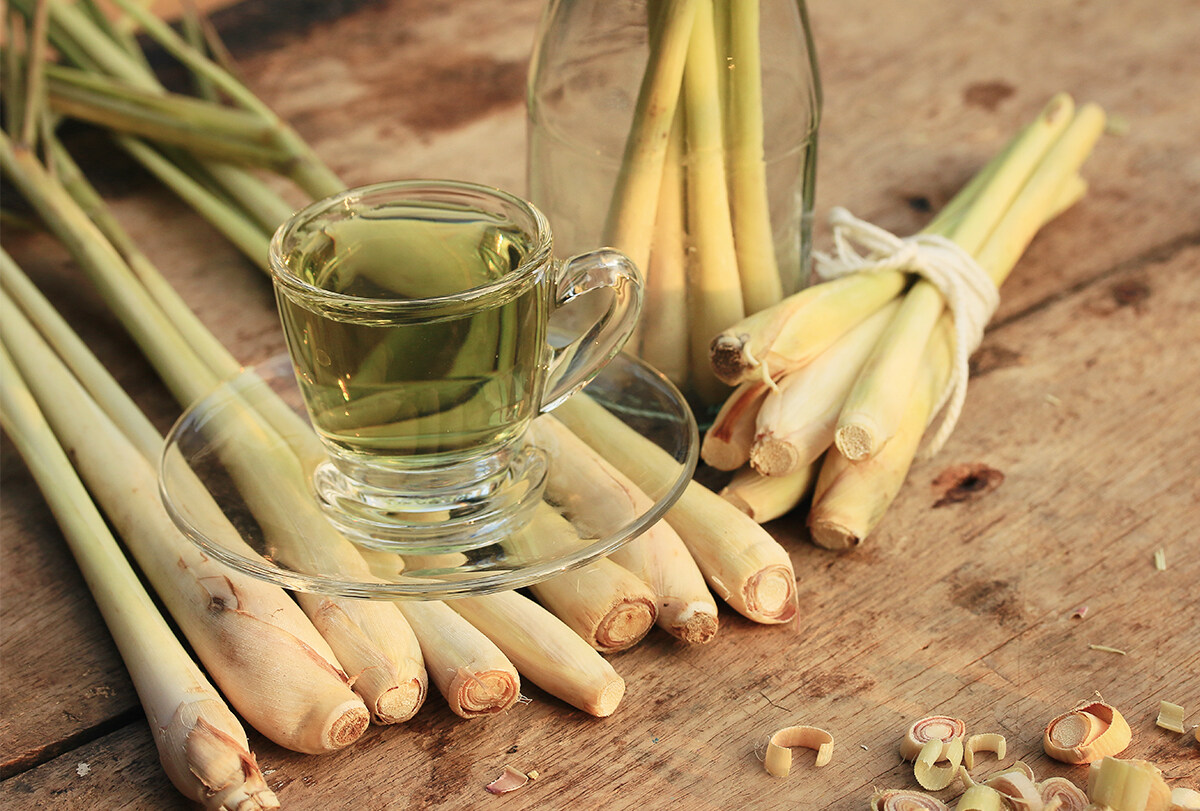
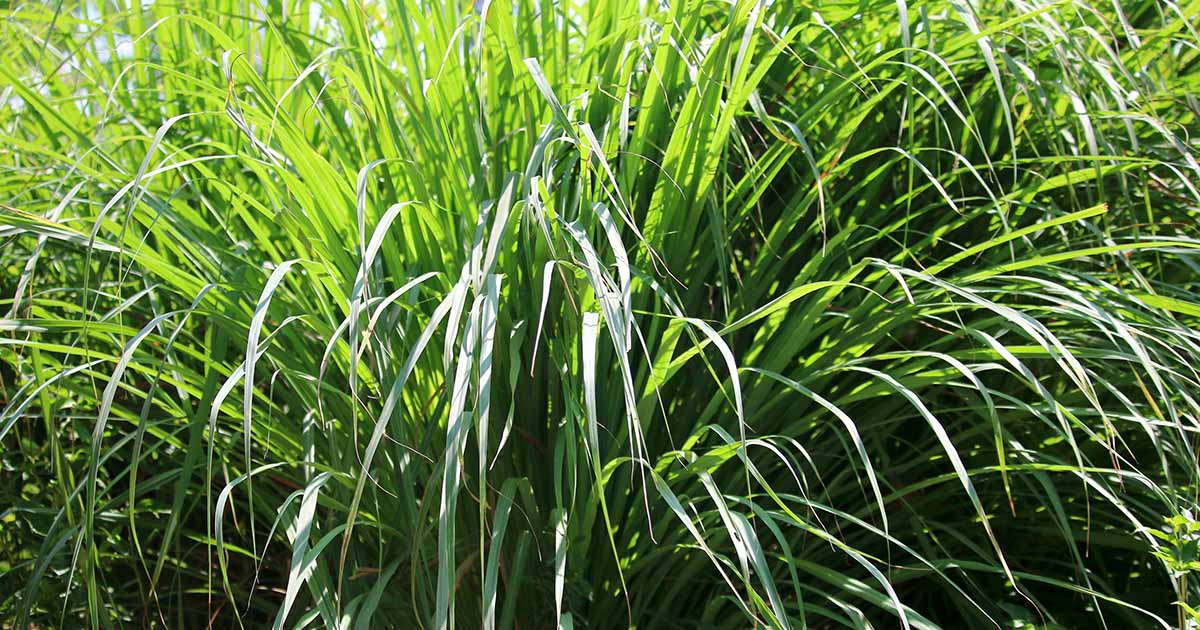
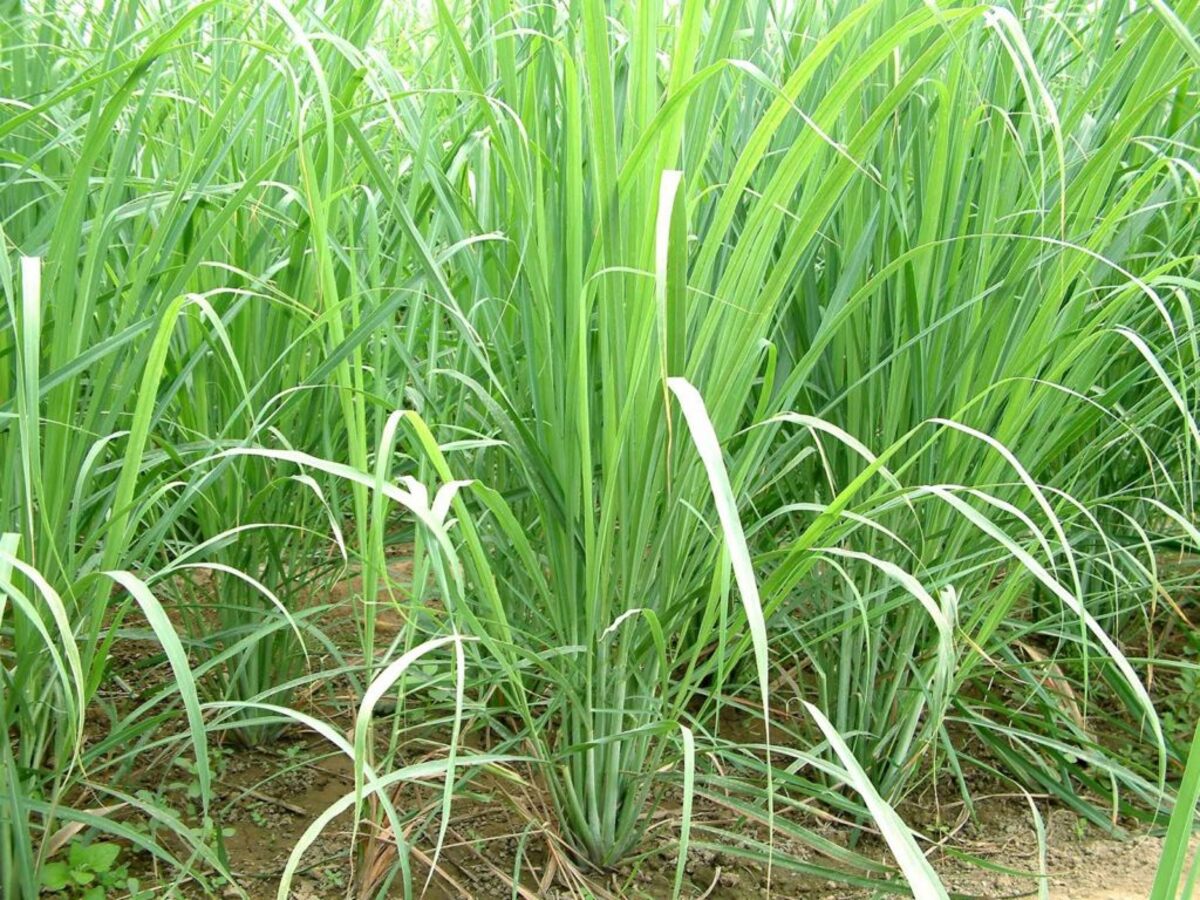
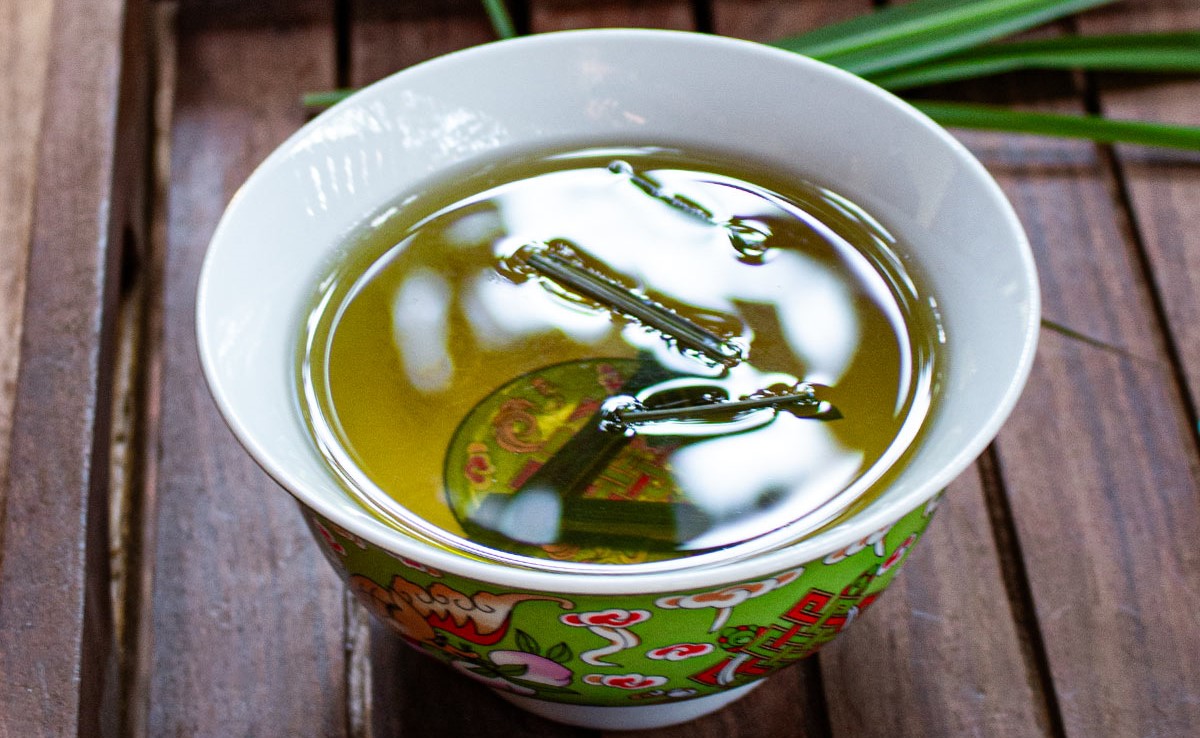
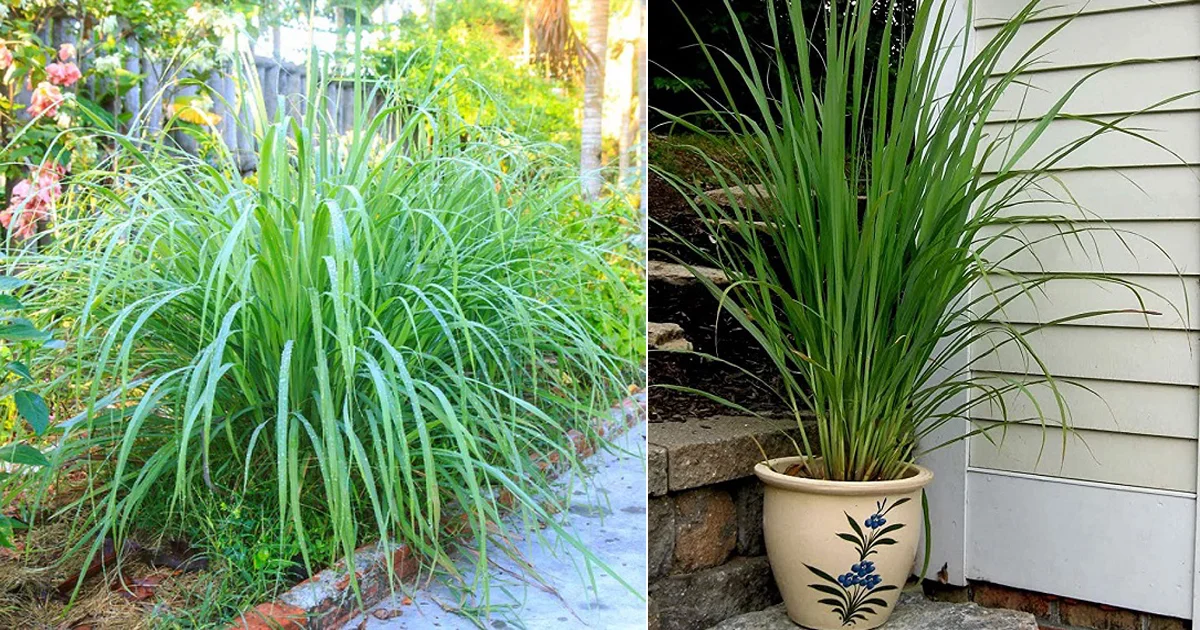
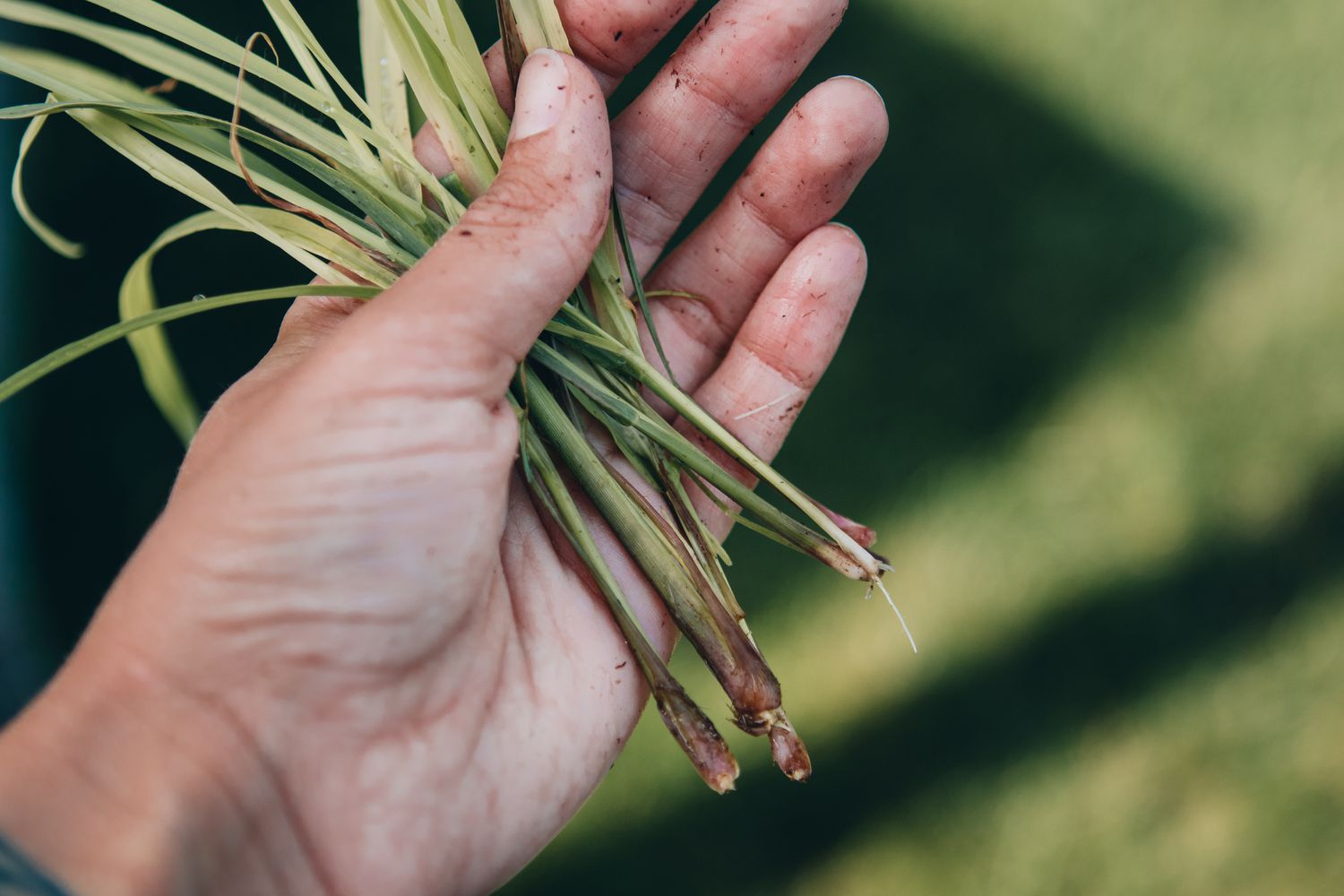
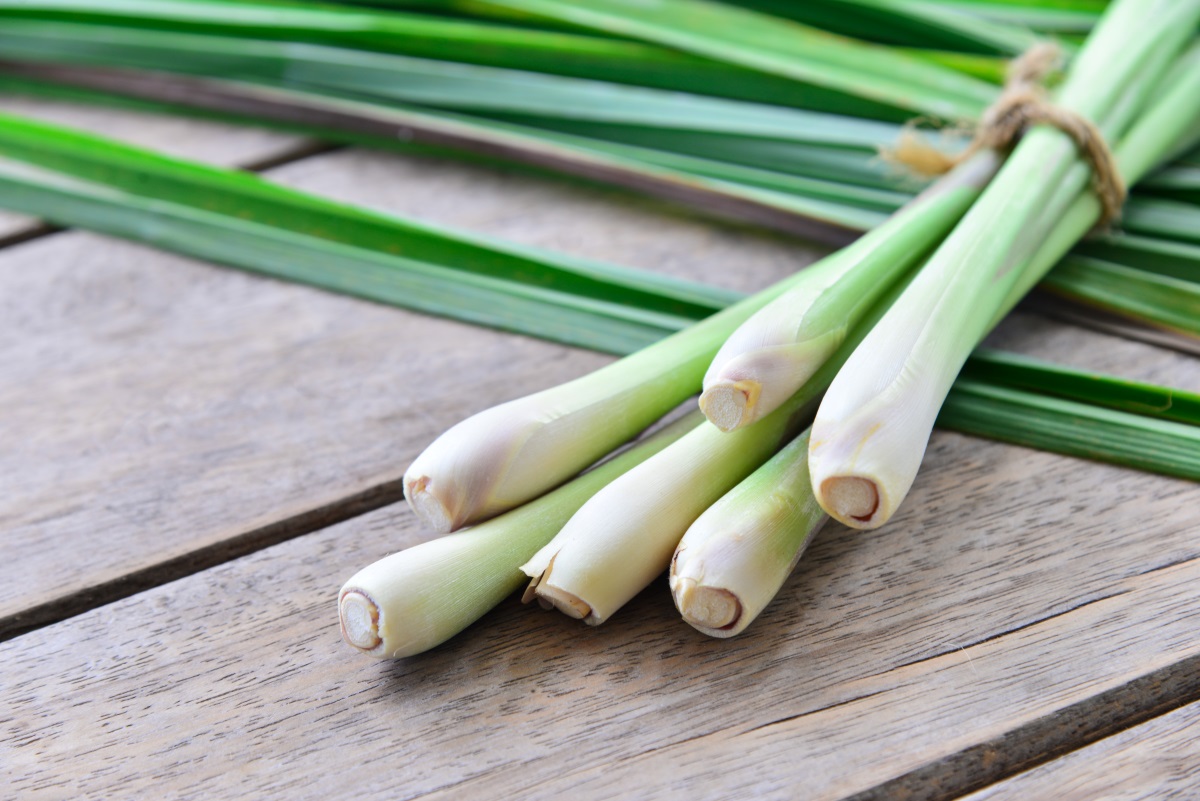
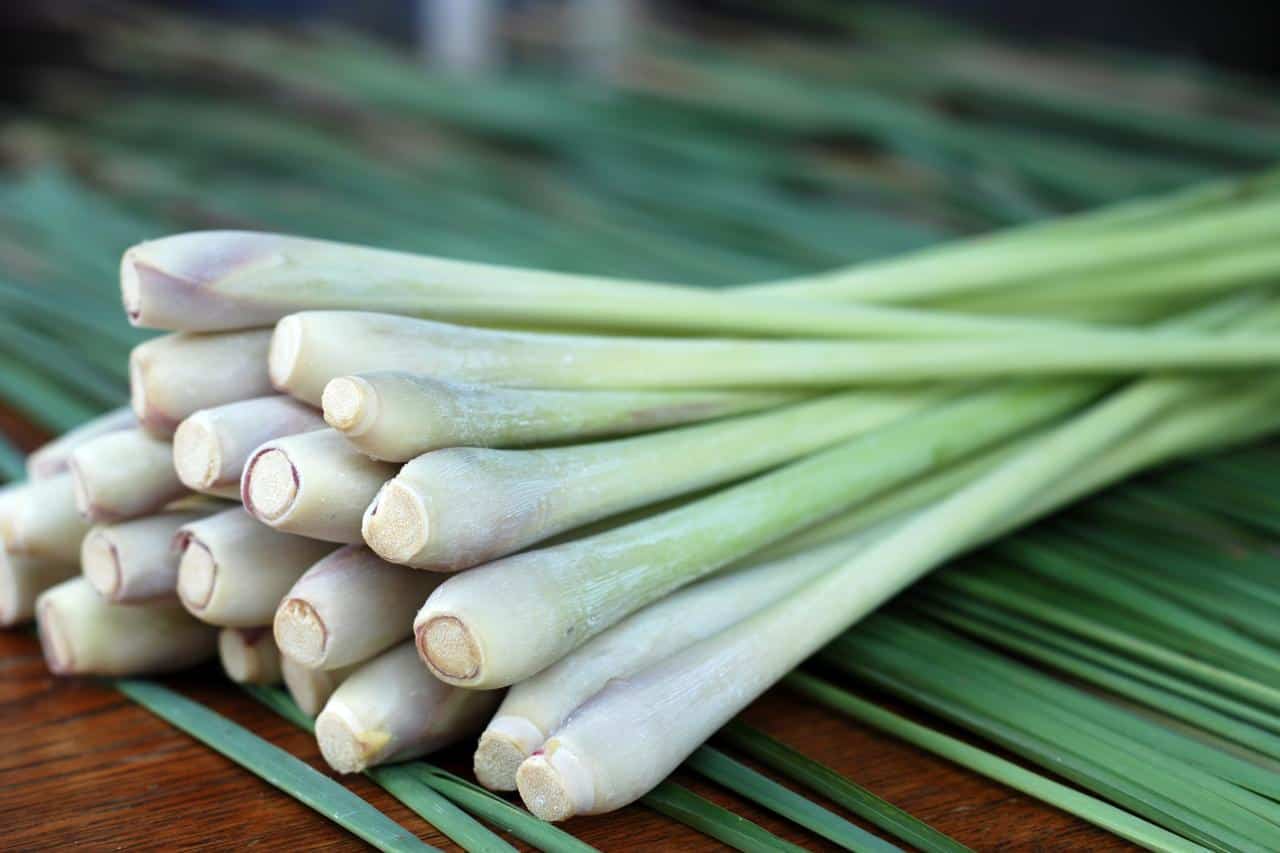
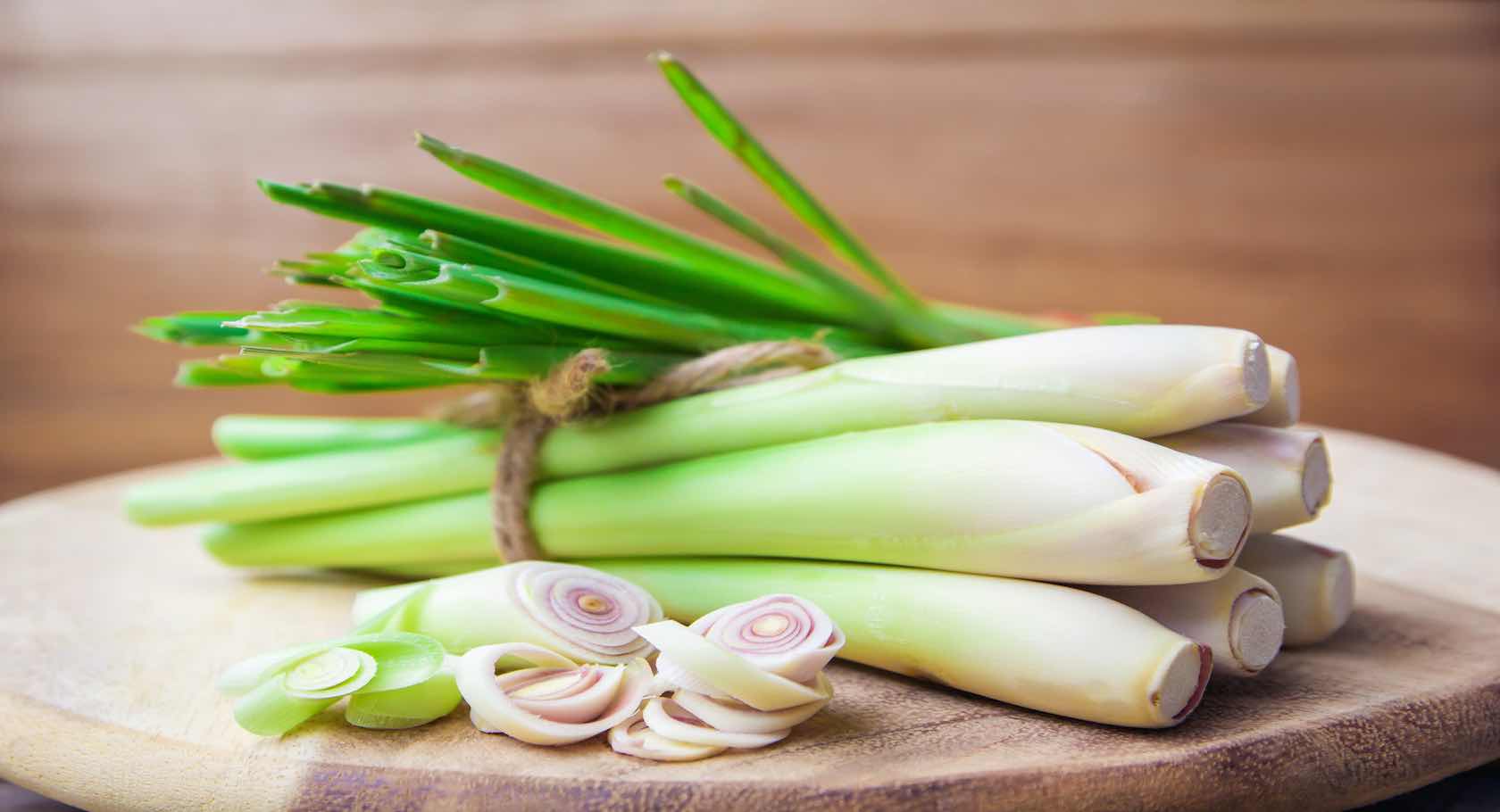
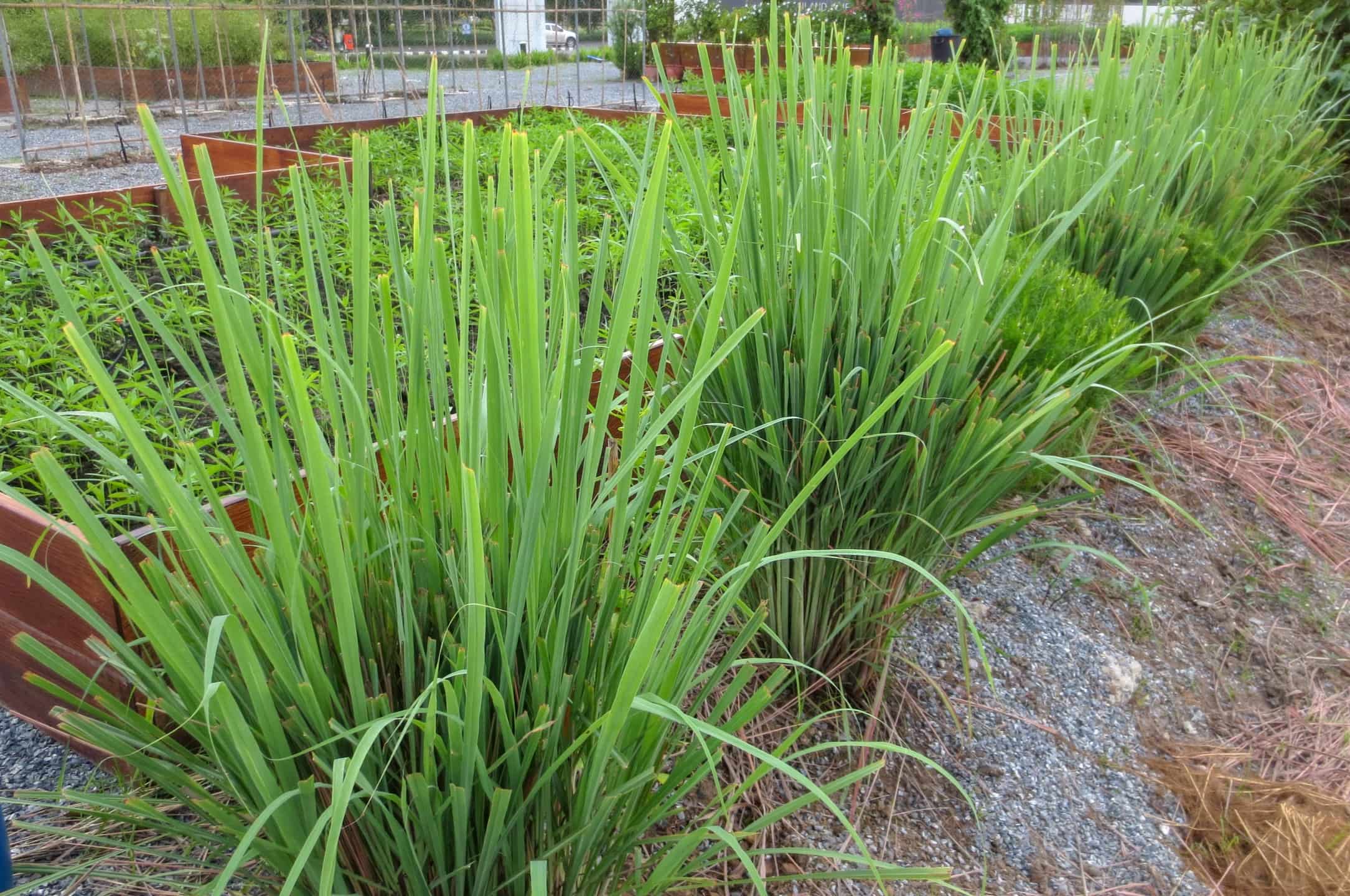
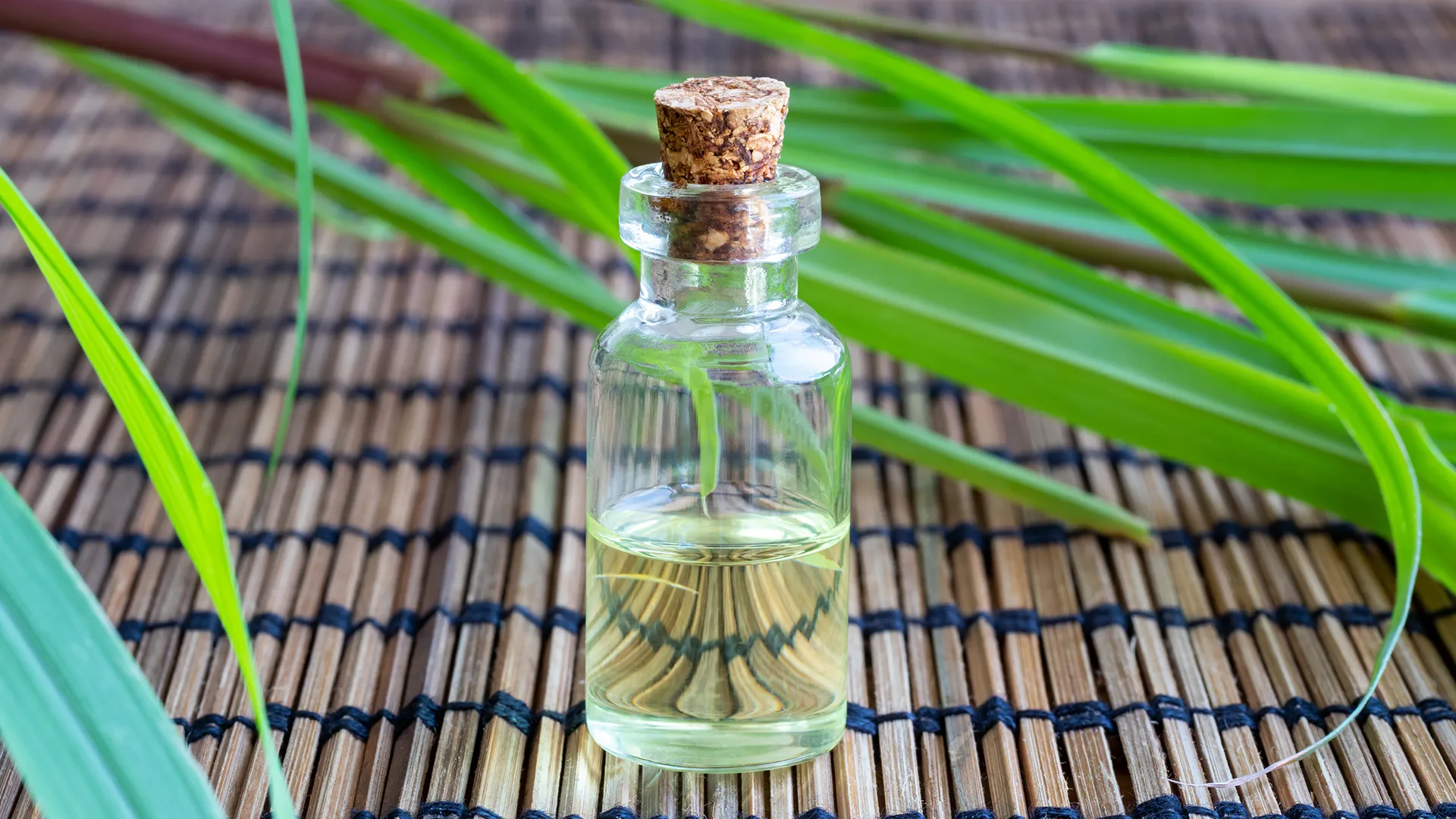


0 thoughts on “How To Overwinter Lemongrass”